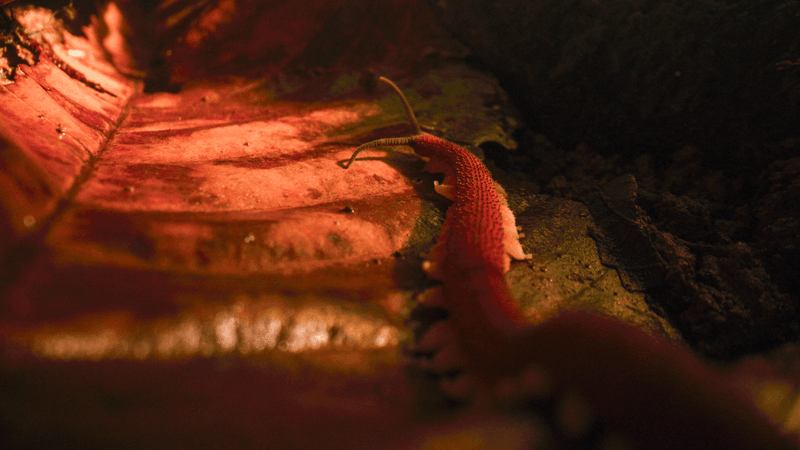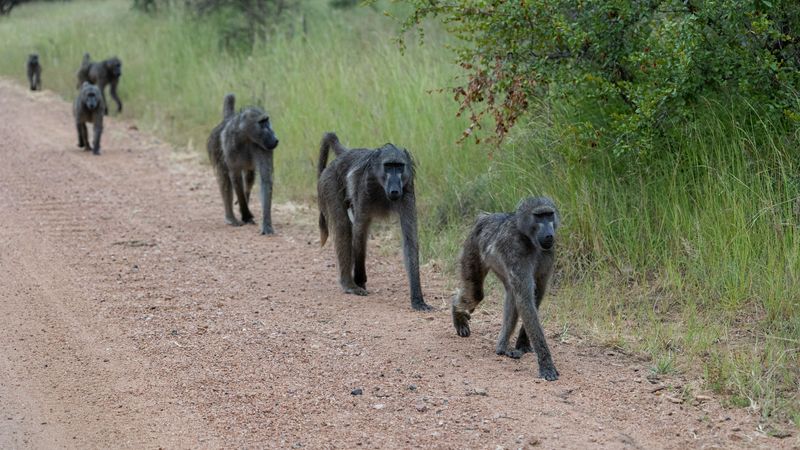The organization of life on Earth – from the tiniest flora to colossal fauna, from the oceans to the desert to the frozen tundra – may be governed by one simple rule. That’s the conclusion of a recent study investigating how species are dispersed across the floating rock we call home.
In every corner of the planet, the researchers find, the majority of species cluster together in small “hotspot” areas. The further out you go from these hubs, the fewer species you find.
“This pattern suggests that life on Earth may be, to some extent, predictable,” co-author of the study Joaquín Calatayud said in a statement.
And that’s a good thing. This predictability helps us to better understand life on Earth: we can use it to figure out how species have diversified throughout history, and it can offer valuable insight into how ecosystems might fare in the future.
“In every bioregion, there is always a core area where most species live. From that core, species expand into surrounding areas, but only a subset manages to persist. It seems these cores provide optimal conditions for species survival and diversification, acting as a source from which biodiversity radiates outward,” lead author Rubén Bernardo-Madrid explained.
Although they are small, these core zones seem to have a disproportionate influence on the biodiversity of the entire region, and so conservation strategies should prioritize their safeguarding, the researchers add.
The team studied the spatial organization of terrestrial and marine vertebrates, invertebrates, and plants, totaling more than 30,000 species from across the globe. Given the diversity of lifeforms and the varied environmental and cultural history of each bioregion, you might expect the distribution of species to fluctuate as you move between them – but the pattern was the same everywhere.
This is indicative of a general process known as environmental filtering, a key principle in ecology for explaining species distribution – but until now there had been no empirical evidence of it.
“It doesn’t matter whether the limiting factor is heat, cold, drought, or salinity. The result is always the same: only species able to tolerate local conditions establish and persist, creating a predictable distribution of life on Earth,” said Professor Manuela González-Suárez.
It may be ubiquitous, but it’s not boring. Understanding species distribution across multiple branches of life and at a planetary scale will be invaluable in informing the decisions we make to protect our planet in the face of global environmental change.
The study is published in Nature Ecology & Evolution.





